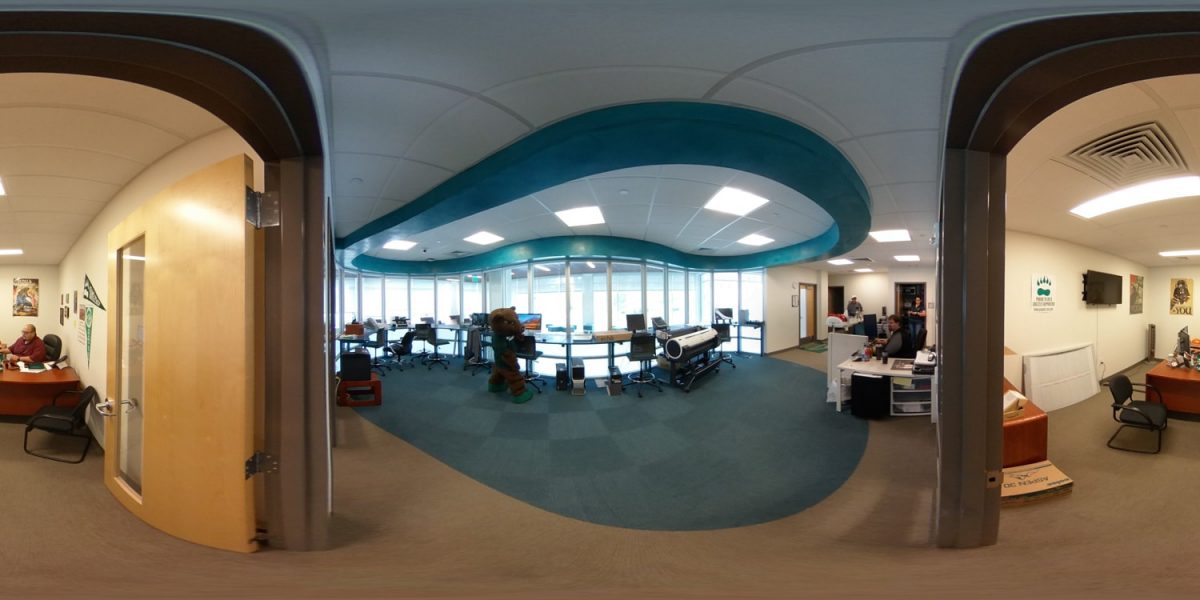The instructional design section of Academic Instructional Technology (AIT) provides instructional and program design expertise for the development and support of online courses and specialized educational programs.
We are available to assist faculty with the following:
- Planning and design in the creation of online course content.
- Reviewing and evaluating online course instructional design issues.
- Assistance in establishing optimal design of curriculum and instruction.
- Suggestions and guidelines for the effective uses of multimedia.
- Assistance with ADA compliance in online courses.
Top 5 reasons to integrate Blackboard into your face-to-face course
1. Online Syllabus: Instructors can have their students easily access the course syllabus from Blackboard. This way, unwanted syllabi do not get printed to only be thrown away, and students who come from a generation of technology will feel comfortable in accessing their syllabus. Students profit from a syllabus that arranges clear goals and expectations and other information that helps them do well in the course and capture the overall view of the course from the beginning. With a syllabus built in Blackboard, students who wish to print the syllabus can easily do so and students who want to have only an electronic copy of the syllabus will have continuous access for the duration of the course. Also, because students do benefit so much from a well-arranged syllabus, a Syllabus Quiz can easily be created and taken through Blackboard to insure that students are reading and understanding the syllabus and what will be expected of them throughout the course.
2. Online Quizzes with Immediate Feedback: Quizzes are a great tool for checking student retention of information, as well as helping hold students accountable in their ability to demonstrate that retention. Quizzes varying of all size and question type can be created in Blackboard and easily accessed/taken by students. Also for immediate feedback, if the quiz questions do not contain any short answer Blackboard can instantly grade the quiz and give students their score; along with correct answer feedback.
3. Availability: Blackboard can be accessed from the Internet at anytime and anywhere. Students can access all of their course materials including assignments, lecture notes, slides, hyperlinks, videos, etc. Any material the instructor would like students to view, read, or complete before class in order to enhance class discussion or lecture can easily be compiled, organized, and managed in a supplemental Blackboard course.
4. Communication: Instructors and students can take advantage of the populated email lists to connect with any or all members of a Blackboard course. With a supplemental Blackboard course, instructors can email certain users, groups, or classes as they choose. They can also use the threaded discussion boards to hold beneficial, asynchronous conversations that can improve students’ engagement and commitment to course discussion and material.
5. Grade Book: The grade book can provide a quick and accurate way for students to access their grade in the course. From quizzes to exams, or from assignments to group projects, grades can be automatically and manually entered in the grade center to give students quick feedback on their progress. Different types of feedback can also be given through the grade book, and in today’s age of information privacy concerns, Blackboard is an excellent way to share grade information in a secure environment.



